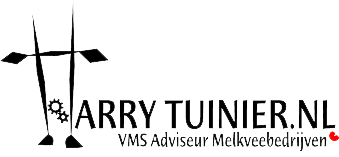Tips on your phone & How to remotely view DelPro together
It is useful to create a shortcut on your phone, “app”, which will take you straight to the Tip of the Month.
Do this by looking up the Tip of the Month on the phone via Google, for example via
https://www.harrytuinier.nl/en/category/tip-van-de-maand/
With Android, you will see 3 dots at the top right, if you press on this, various options will appear, including “Add to home screen”. If you press this you can add this page, if desired with logo.
With iOS (Apple), you also look up the Tip of the Month page. Click on the square icon with the arrow pointing upwards at the bottom, then click on “Add to Home screen”. It will now be added as an “app” on your home screen.
Of course, older Tips can be found there or under the menu button.
From the front page:
Now that the Corona virus is keeping all of us at home, advising has also virtually stopped.
Many livestock farmers, rightly, prefer not to have too many people around the house.
Fortunately, nowadays, we can remotely catch up with a telephone and laptop, as if we are sitting around the table, discuss settings and answer questions!
LogMeIn and also TeamViewer offer excellent options for this.
If you would like to go over the information from your computer together, please contact us / your Advisor and we will make an appointment.






